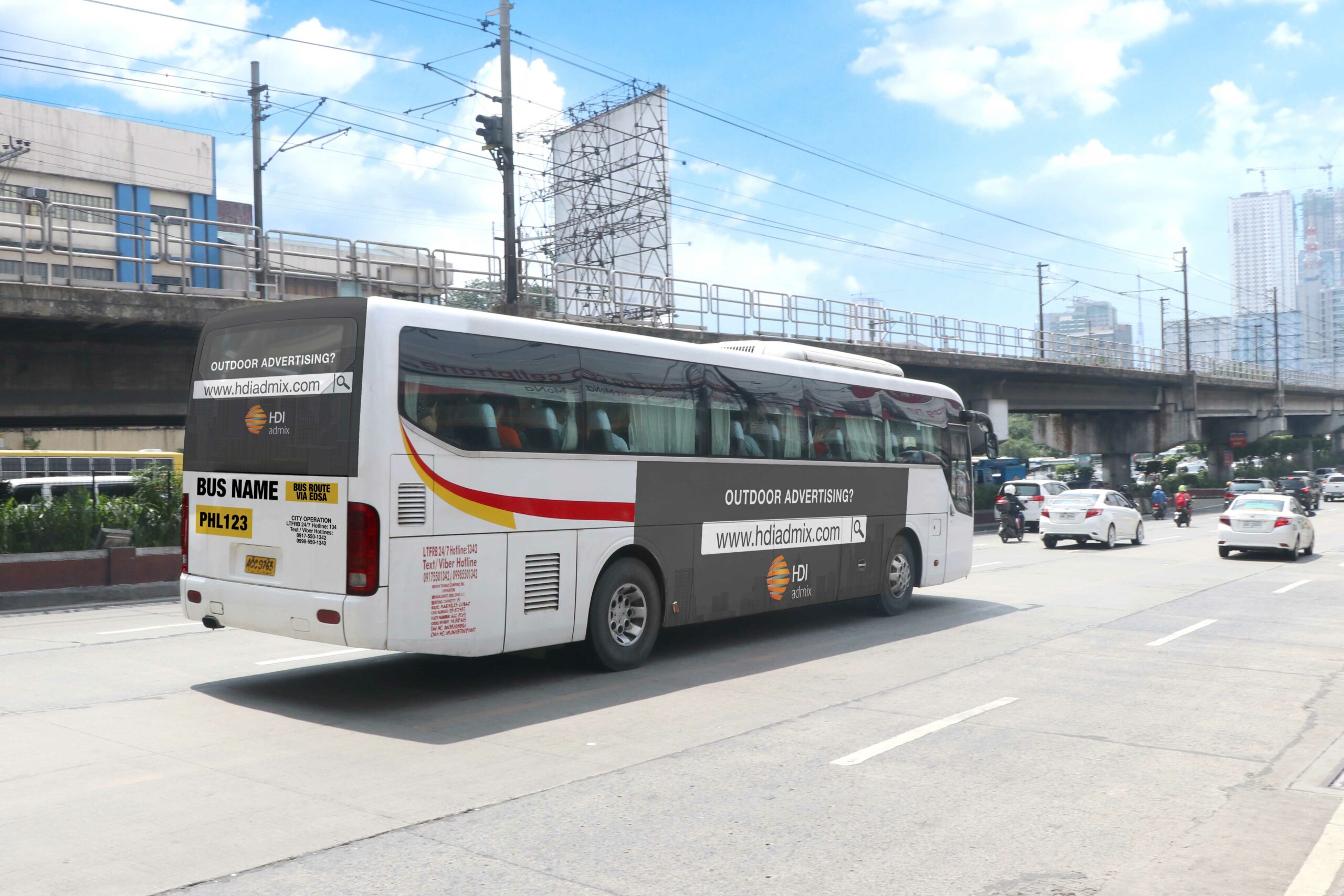Discovering the Effect and Effectiveness of Transportation Advertising in Urban Advertising Techniques
Transit marketing has actually come to be a considerable part of urban advertising methods, capitalizing on the unique characteristics of public transportation environments. With the fast development of innovation and changing consumer behaviors, the landscape of transit marketing is going through significant adjustments that warrant closer exam.
The Surge of Transportation Advertising And Marketing
As urban populations remain to swell, the demand for innovative advertising services has actually caused the increase of transit marketing as an essential part of urban advertising strategies. This kind of marketing leverages mass transit systems-- such as trains, buses, and trains-- to reach a diverse target market in largely booming areas. The performance of transportation marketing lies in its ability to involve customers during their daily commutes, a commonly ignored yet essential time for brand name messaging.
With cities ending up being increasingly stuffed, standard marketing spaces are coming to be limited and less reliable. Transportation marketing provides a dynamic choice, allowing brands to display their messages in high-traffic areas where potential clients are regularly revealed to the ads. In addition, as city locals increasingly depend on public transportation, the relevance and presence of transportation advertising have actually grown significantly.
Additionally, technological developments have improved the class of transportation marketing, permitting for digital screens and interactive campaigns that can capture consumer interest better than fixed ads. As a result, transportation advertising and marketing is not only a cost-effective option but also an essential technique for brands looking for to attach with metropolitan customers in a memorable and impactful way.
Key Benefits of Transit Advertising
The efficiency of transportation advertising is underscored by its diverse benefits, making it an indispensable tool for urban marketing professionals. Among the main advantages is its comprehensive reach; transit systems serve countless travelers daily, allowing brands to get in touch with a diverse audience in high-traffic settings. This presence improves brand awareness, making sure that ads are seen consistently by commuters.

Additionally, transportation marketing is affordable contrasted to other media, supplying a lower cost per impact while preserving high presence. The versatility of advertisement formats, from bus covers to electronic screens, allows for imaginative and impactful campaigns that can adjust to changing market requirements.
Customer Behavior Insights
A substantial portion of customer habits is influenced by the pervasive nature of transit advertising and marketing in city environments. This kind of advertising catches the focus of diverse demographics, involving consumers during their daily commutes. As people navigate dynamic cityscapes, they experience transit advertisements in various styles, consisting of bus covers, subway posters, and digital displays. The critical placement of these ads makes the most of presence, therefore improving brand recall.
Research study shows that transportation advertising can evoke emotional responses, resulting in boosted brand name affinity. Customers frequently associate the experience of commuting with details brand names, developing a long lasting impact that affects buying decisions. Moreover, the regularity of exposure to transportation advertisements promotes knowledge, which is a critical factor in consumer trust and loyalty.

Additionally, the common element of public transport contributes to this sensation; as people share areas, they are most likely to review and recommend brand names they run into. Therefore, transit advertising not just reaches consumers yet additionally promotes social interactions that enhance brand messaging. Recognizing these behavioral insights permits marketing experts to tailor their techniques effectively, making certain that their campaigns reverberate with target market in the urban landscape.
Situation Research Studies and Success Stories
Successful execution of transportation advertising strategies is exhibited through different case researches that highlight its efficiency in urban advertising and marketing. One significant example is the cooperation between a preferred beverage firm and a major city's public transportation system. The project utilized bus covers and indoor posters, leading to a 30% rise in brand acknowledgment and a 15% rise in sales within the target group over 3 months.
One more effective case entailed a regional restaurant chain that utilized train station advertising and marketing to attract travelers. By creating aesthetically striking ads that provided timed promos, the restaurant experienced an uptick in foot web traffic, with a remarkable 25% increase in lunch hour customers.
In addition, a city's tourism board introduced a transportation campaign showcasing regional destinations through bus stop screens and click this site metro ads. The campaign led to a significant boost in visitor gos to, as reported by a 40% boost in queries at visitor centers.
These study highlight the versatility and potential of transit marketing to involve metropolitan target markets properly, demonstrating that critical positionings can produce significant returns on investment and enhance brand visibility in busy metropolitan atmospheres. - Transit Advertising Philippines
Future Patterns in Transit Marketing
As urban landscapes continue to progress, so too image source does the world of transportation advertising and marketing, which is positioned to accept innovative modern technologies and methods. One considerable trend is the integration of electronic marketing screens right into public transit systems.
An additional emerging trend is the usage of enhanced fact (AR) and online reality (VIRTUAL REALITY) experiences within transportation marketing. These immersive technologies can mesmerize commuters, changing ordinary journeys right into interactive brand name experiences. Additionally, sustainability is ending up being increasingly crucial; environmentally friendly advertising and marketing products and practices are likely to obtain traction, mirroring the growing consumer need for business social obligation.
Last but not least, the rise of mobile connection will certainly promote greater assimilation between transportation advertising and marketing and personal gadgets. Marketers can create smooth cross-channel experiences, enabling immediate communication and involvement with potential customers. Collectively, these patterns show a transformative future for transit marketing, using brand-new avenues for brand names to link with metropolitan target markets.
Conclusion
Transit marketing has actually established itself as a significant element of metropolitan marketing approaches, showing substantial effectiveness through enhanced brand presence and consumer engagement. The ability to adapt messages to particular demographics, combined with the ingenious use innovation, positions transportation advertising important link as a driving pressure in contemporary advertising (Transit Advertising Philippines). As city settings remain to evolve, the future of transit advertising promises further developments, ensuring its significance and effect in forming consumer understandings and behaviors in urban landscapes
As urban populations proceed to swell, the need for ingenious marketing solutions has led to the increase of transportation advertising as an essential part of urban advertising strategies.A substantial part of customer behavior is influenced by the prevalent nature of transit advertising in city settings. Collectively, these trends show a transformative future for transportation advertising, supplying brand-new avenues for brand names to link with urban audiences.
Transportation marketing has developed itself as a substantial element of urban marketing strategies, showing considerable performance with enhanced brand name exposure and consumer involvement. As urban settings continue to advance, the future of transit advertising assures further advancements, guaranteeing its relevance and effect in forming customer perceptions and actions in urban landscapes.